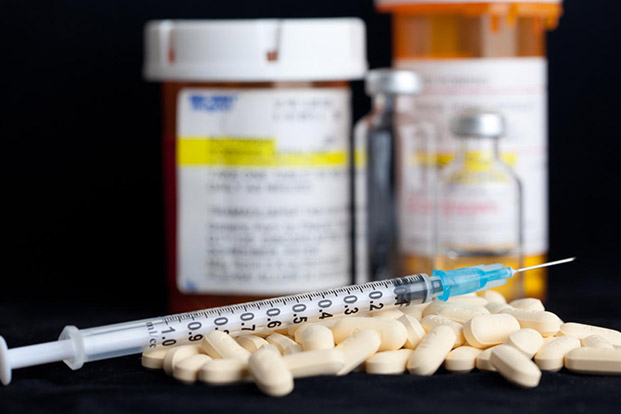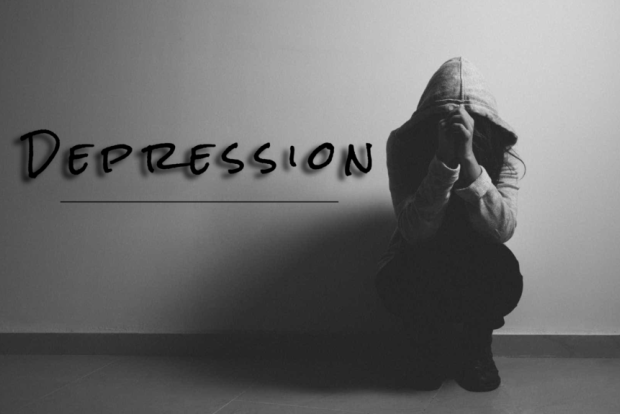Categories
- Bariatric Surgery (11)
- Black Fungus (5)
- Bone Marrow transplant (3)
- Brain Tumor Surgery Navigation Technology (20)
- Cardiac Surgery (66)
- Cardiology (97)
- Computer navigation technology for joint replacements (20)
- Covid Vaccination (17)
- Critical Care (2)
- Dental (19)
- Dermatology (31)
- Dialysis Support Group - “UTSAAH” (11)
- Dietitian (33)
- Emergency Medicine (4)
- Emotional Health (11)
- Endocrinology (33)
- ENT (20)
- Gastroenterology and GI Surgery (53)
- General and Laparoscopic Surgery (21)
- General Surgery (4)
- Gynecology & Obstetrics (183)
- Hematology (20)
- Internal Medicine (294)
- Kidney Transplant (50)
- Kidney Transplantation (20)
- Lung Cancer (8)
- Minimal Invasive Surgery (1)
- Mother & Child (20)
- mucormycosis (5)
- Nephrology (61)
- Neurology (147)
- Neurosurgery (68)
- Nutrition and Dietetics (107)
- Omicron Variant (1)
- Oncology (288)
- Ophthalmology (10)
- Orthopaedics & Joint Replacement (86)
- Paediatrics (59)
- Pediatric Nephrology (3)
- Physiotherapy (5)
- Plastic & Reconstructive Surgery (6)
- Psychiatry and Psychology (90)
- Psychologist (28)
- Pulmonology (72)
- Rheumatology (13)
- Spine Services (21)
- Transradial Angioplasty (16)
- Urology (84)
Query Form
Posted on Apr 19, 2022
Identifying Drug Abuse-Taking the bull by its horns
“Drugs destroy lives and communities, undermine sustainable human development and generate crime. Drugs affect all sectors of society in all countries; in particular, drug abuse affects the freedom and development of young people, the world’s most valuable asset.”
This was the initial statement of the political declaration on the global drug problem adopted by the UN General Assembly about two decades ago.
At the turn of the century nearly 200 million people are using these drugs worldwide. Cannabis -marihuana, hashish, THC- leads by far with 162 million users. ATS -amphetamine, methamphetamine, ecstasy, methcathinone- follow with 35 million users.

Globally, an estimated 16 million people use opiates -opium, morphine, heroin, synthetic opiates- and some 13 million people use cocaine. This alarming trend is further accentuated by the phenomenal rise of HIV secondary. This is spread by intravenous drug abuse. What’s even more disturbing is that a major proportion of this figure of 200 million is constituted by adolescents and young adults which is the most productive age group in a community.
Consumption of drugs of abuse has far reaching consequences on the future of such societies as it renders the driving forces rusted. Drug abuse is a major medical problem with extensive legal, social, moral, ethical and even political conations. It is fraught with many ill-effects involving the individual concerned, his family, friends, and the society at large. Many medico-legal and legal implications, both civil and criminal, are also involved.
The best step is early detection. Therefore identifying signs of drug abuse in younger age groups is the focus of most programs.
The indicating characteristics are grouped into three major categories: Behavioral, Cognitive, and Physical.
Behavioral Characteristics
Most of the characteristics include actions and behaviors that the individual may engage in.
- Significant drop in academic performance
- Changes in personal habits
- Changes in social habits and interactions
- Engaging in destructive behaviors
- Attempting to cover up drug use
Cognitive Characteristics
These characteristics refer to the individual’s thinking, logic, and state of mind.
- Losing interest in activities (especially those that were previously enjoyed by the individual)
- Lack of motivation and enthusiasm
- Changes in personality – may include:
- Reduced memory, reduced concentration, and reduced attention span
- Superficial logic and reasoning behind substance use (“Helps me deal with stress,” “It’s a social interaction,” or “I’m just medicating my mental health issues.”)
- Emotional problems.
Physical Characteristics
The last group of characteristics consists of visible, noticeable characteristics. These can relate to appearance and health of the individual, as well as physical evidence of substance use.
- Physical changes– Weight loss, pale skin tone (most noticeable in the face), red eyes, dry/brittle hair, noticeable hair thinning, extreme decrease of energy (lethargy), or extreme increase of energy (mania), problems/changes in sleeping habits, physical health problems (diseases, pains, etc.)
- Smells on clothing, room, or car – Smells of substance (common substances are alcohol, and marijuana, which has a sweet, burnt odor), smell of heavy room deodorizer or perfume
- Physical evidence of substance –Alcoholic beverage bottles or cans, rolling papers, drug paraphernalia (bongs, pipes, etc.), roach butt (end of marijuana joint, Seeds or leaves that look like dried herbs, Pro-use magazines (High Times etc…)
- Unexplained drain on finances
These are the problems that the individual may have not experienced before.
- Financial Problems
- Family Problems
- Relationship Problems
- Academic Problems
- Health Problems
- Adjusting to Environment Problems
These signs indicate that something important is going on in the life of the individual. At this point of time parents, teachers and responsible members of the community should take initiative in identifying the problem and seeking medical/psychiatric assistance so that the curse can be met head on.
If you or your loved one is showing any of the above stated signs and symptoms, it is best that a specialist be consulted – A Psychiatrist, De- Addiction Specialist.



